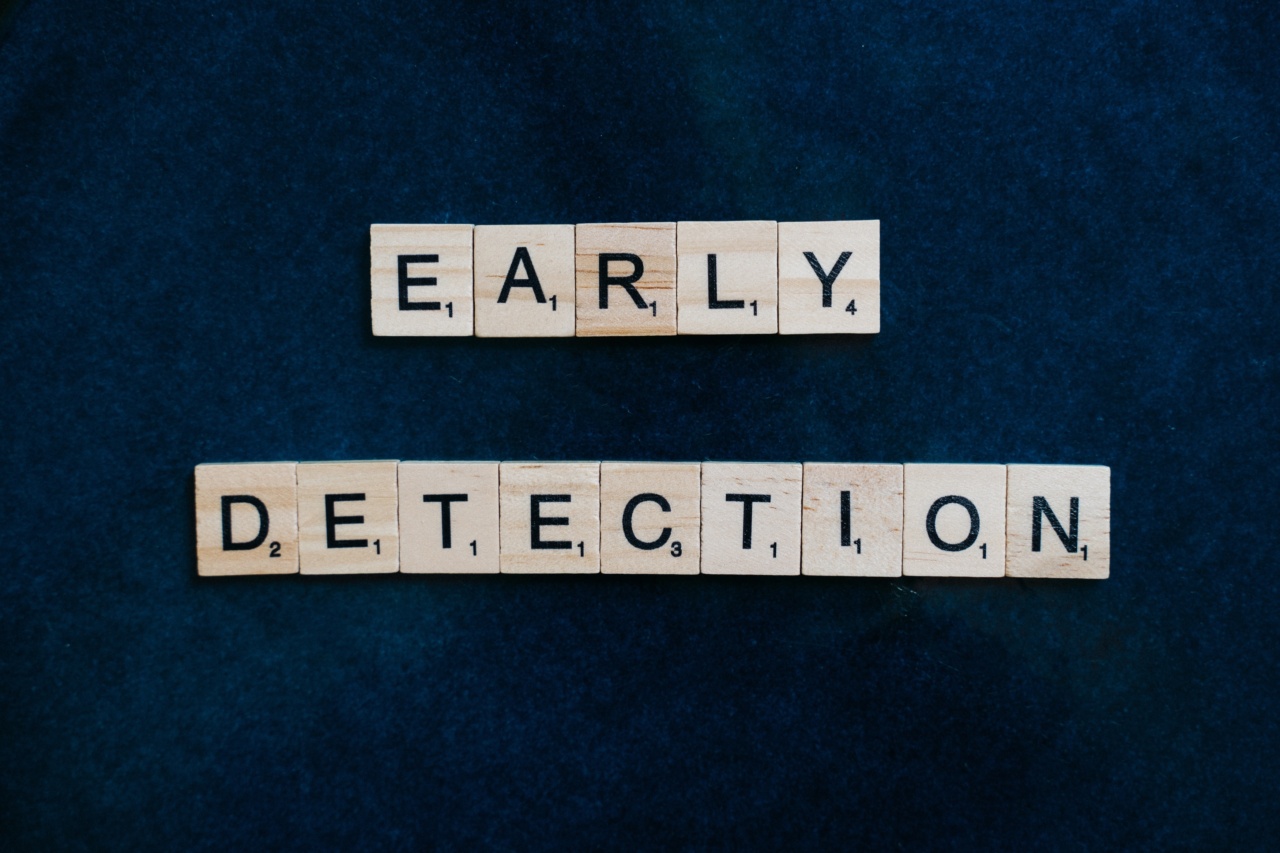Cancer is a formidable disease that affects millions of people worldwide. It is a leading cause of death, and early detection plays a crucial role in successful treatment and survival rates.
In recent years, a surprising ally has emerged in the fight against cancer: dogs. These incredible creatures have an innate ability to sniff out cancer with remarkable accuracy, potentially revolutionizing early detection methods.
This article explores the groundbreaking work of cancer-sniffing dogs and the impact they may have on the future of cancer diagnosis and treatment.
The Science behind Canine Cancer Detection
Dogs have long been recognized for their extraordinary olfactory abilities. Their sense of smell is estimated to be between 10,000 and 100,000 times more sensitive than that of humans.
Researchers have capitalized on this natural talent by training dogs to detect various types of cancer, including breast, lung, ovarian, and prostate cancer.
The exact science behind how dogs detect cancer remains somewhat of a mystery. However, it is believed that cancer cells produce biochemical compounds or volatile organic compounds (VOCs) that differ from healthy cells.
These compounds emit unique odors, which dogs can detect even at very low concentrations. Through rigorous training, dogs can identify these odors and alert their handlers to the presence of cancer.
The Canine Training Process
Training a dog to detect cancer is a complex and intricate process that requires patience, persistence, and expertise. It typically involves several stages, starting with basic obedience training to develop a strong foundation.
Once a dog has mastered basic commands, it moves on to scent recognition training.
During scent recognition training, dogs are exposed to samples that contain cancerous cells and are rewarded for correctly indicating a positive sample.
This is done through various methods, such as having the dog scratch or sit when it detects the odor of cancer. Over time, dogs learn to associate the scent of cancer with a reward, reinforcing their ability to detect it accurately.
The final stage of training involves exposing dogs to a wide range of samples, including those from healthy individuals and patients with other diseases.
This helps the dogs differentiate between different types of scents and improves their overall accuracy.
The Impressive Accuracy of Cancer-sniffing Dogs
Numerous studies have demonstrated the remarkable accuracy of cancer-sniffing dogs.
In a groundbreaking study conducted by researchers at the Medical Detection Dogs charity in the United Kingdom, dogs were trained to sniff urine samples from prostate cancer patients. The results were astounding, with the dogs achieving close to 93% accuracy in detecting the disease.
Similar studies have shown equally impressive results. Dogs trained to detect breast cancer have been reported to achieve sensitivity rates of up to 97%, far surpassing many traditional diagnostic methods.
Furthermore, canine detection techniques have been found to be particularly effective in detecting early-stage cancers, where traditional tests often fall short.
Advantages and Challenges of Canine Cancer Detection
The use of cancer-sniffing dogs presents several advantages over conventional diagnostic methods.
Firstly, canine detection is non-invasive and painless, making it an appealing option for patients who find traditional tests uncomfortable or fear the potential side effects. Additionally, dogs can detect cancer at its early stages, often before symptoms manifest or medical imaging techniques can detect its presence.
However, there are also challenges to consider in implementing cancer-sniffing dogs as a widespread diagnostic tool. Standardizing the training process and ensuring consistency across different handlers and facilities can be difficult.
Additionally, the cost and time associated with training and maintaining a team of cancer-sniffing dogs must be considered.
Expanding the Scope of Canine Cancer Detection
While dogs have shown immense promise in detecting certain types of cancer, efforts are underway to expand their capabilities further.
Researchers are exploring the potential for dogs to detect other diseases, such as diabetes, Parkinson’s disease, and even early-stage bacterial infections. By leveraging the extraordinary olfactory capabilities of dogs, medical professionals hope to develop innovative and non-invasive diagnostic methods for a wide range of conditions.
In addition to expanding the scope of detection, scientists are also working to identify the specific chemicals or VOCs that dogs are detecting when sniffing out cancer.
Unraveling this mystery could lead to the development of electronic sensors or artificial noses that can replicate a dog’s olfactory abilities, potentially making cancer detection more accessible and cost-effective.
Ethical Considerations and Future Outlook
The use of dogs in cancer detection raises important ethical considerations. While dogs undergo extensive training and are well-cared-for, it is necessary to ensure their well-being and minimize stress throughout the process.
Additionally, further research is needed to understand the limitations of canine cancer detection and how it can be integrated into existing medical practices.
Despite these challenges, the potential breakthrough offered by cancer-sniffing dogs is undeniable.
Their ability to detect cancer with astonishing accuracy opens up new avenues for early detection, leading to more effective and successful treatment outcomes. As research progresses and technology advances, cancer-sniffing dogs may become an integral part of routine cancer screenings, saving countless lives in the process.





























